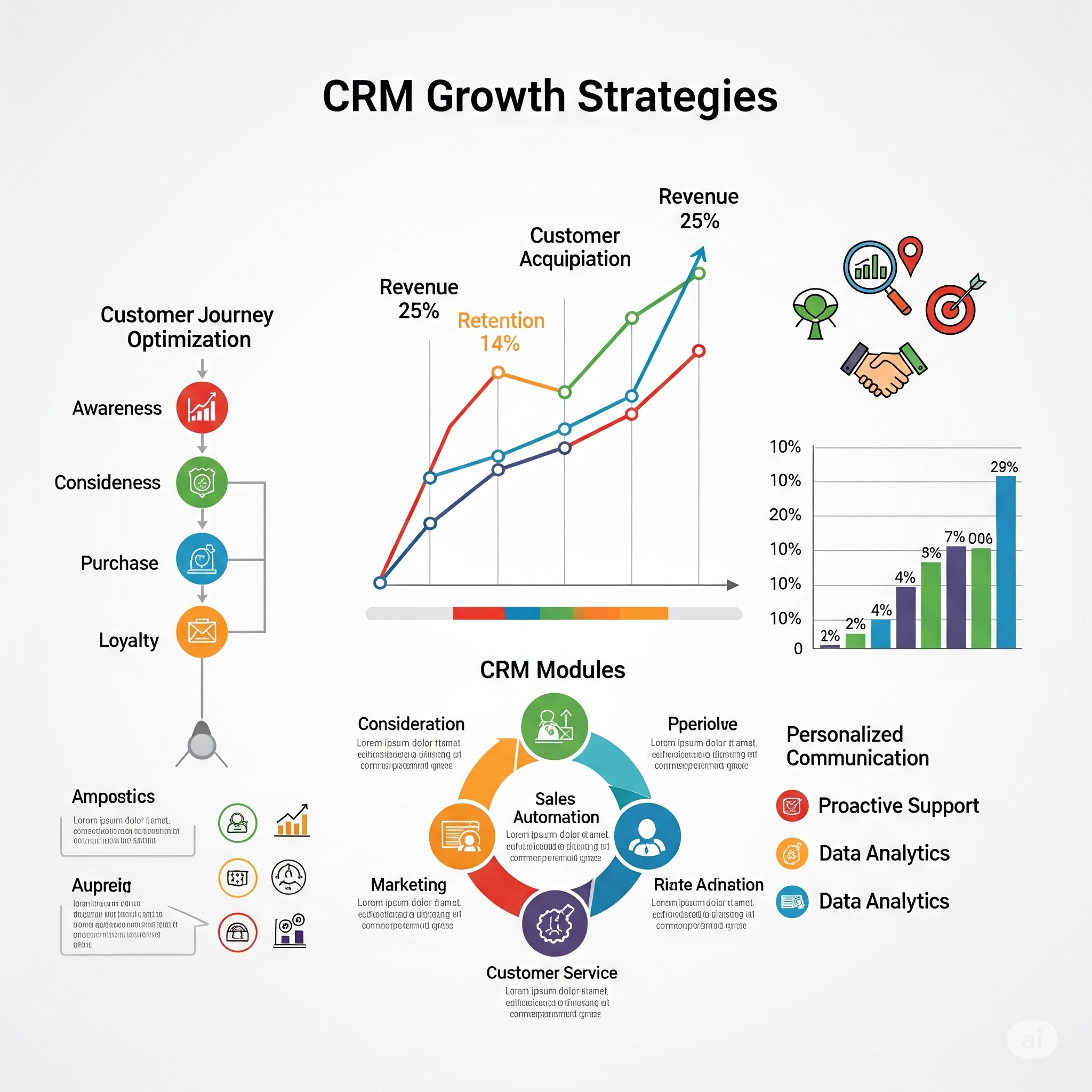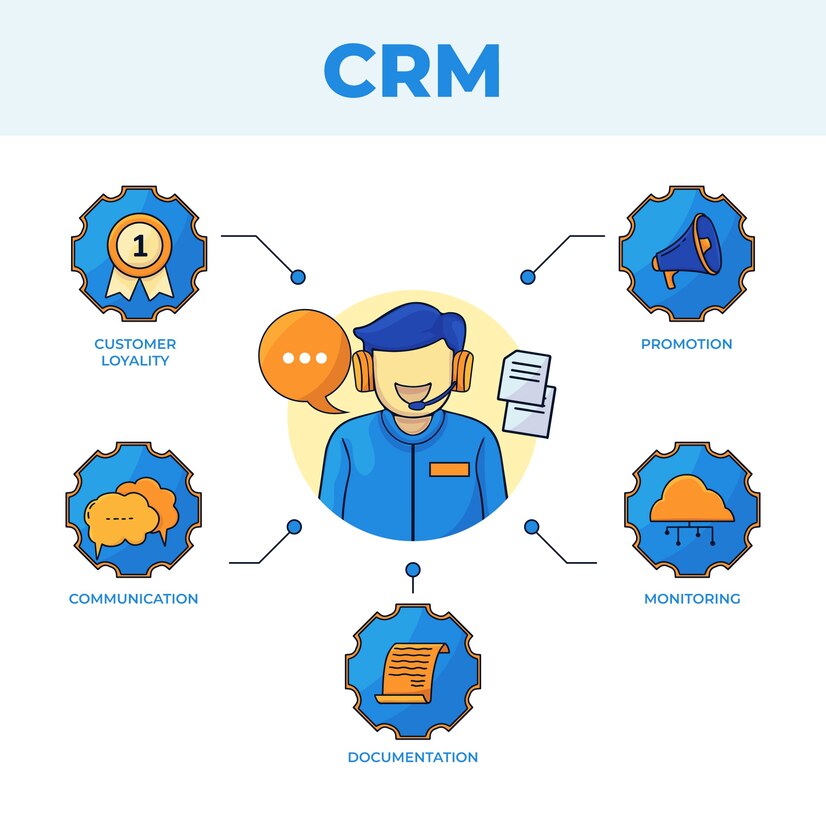From Transactions to Relationships: Why CRM is the New Growth Engine
In today’s hyper-competitive digital landscape, growth is no longer driven by cold outreach and transactional sales cycles. Instead, the real fuel for business growth is rooted in trust, consistency, and personalization. At the core of this shift stands an unlikely hero—Customer Relationship Management, or CRM.
Once seen as just a tool for managing sales contacts, CRM platforms have quietly transformed into the central hub for nurturing relationships, driving engagement, and unlocking long-term customer value. For forward-thinking brands, CRM is no longer a cost center. It’s a strategic asset.
Let’s explore five ways CRM has evolved to become the new growth engine for relationship-driven brands.

1. From Sales Tracking to Customer Lifecycle Management
The early CRM systems were essentially digital Rolodexes—meant for logging names, numbers, and deal values. Today, they’ve become intelligent ecosystems managing the entire customer journey: from first touch to repeat purchase to brand advocacy.
Modern CRMs offer complete visibility into how customers engage with your brand across marketing, sales, and service. They track behavior, preferences, and sentiment—not just purchases. This lifecycle perspective helps brands design personalized experiences that feel less like selling and more like serving.
2. CRM Drives Customer Retention and Lifetime Value
Acquiring a new customer can cost five times more than retaining an existing one. This makes customer retention not just an operational priority but a financial strategy. And CRM is at the center of it.
By integrating data across channels, a CRM helps businesses anticipate customer needs, address service issues before they escalate, and identify high-value customers for loyalty programs or upselling. These small actions, driven by data, translate into higher Customer Lifetime Value (CLV) and more predictable growth.
In an economy where loyalty is fleeting and attention spans are short, relationship-building is the competitive edge. CRM enables that at scale.
3. Personalized Engagement Through Data and AI
Personalization is no longer a nice-to-have. It’s expected.
CRMs powered by AI and real-time analytics allow brands to segment audiences dynamically and trigger highly relevant messages based on behavior. Whether it’s a follow-up email after a cart abandonment or a service reminder tailored to product usage, CRM enables automation with empathy.
Intelligent CRMs also use predictive analytics to surface the next-best action, helping teams be proactive rather than reactive. When every touchpoint feels thoughtful and timely, customers feel understood—turning interactions into relationships.
4. Alignment Between Sales, Marketing, and Support
One of the silent killers of customer experience is siloed communication. When marketing, sales, and customer service don’t share data, customers face inconsistent messaging, repeated questions, and fragmented journeys.
CRM brings these functions onto a unified platform, enabling smoother handoffs and contextual conversations. Marketing can nurture leads based on CRM data. Sales can view support histories before a call. Support teams can personalize service based on marketing interactions.
This alignment isn’t just operationally efficient—it enhances the customer’s perception of the brand. When everyone speaks the same language, trust builds faster.
5. CRM Fosters Long-Term Relationships, Not One-Time Transactions
The most resilient businesses in 2025 won’t be the ones with the biggest advertising budgets—they’ll be the ones with the strongest customer relationships. CRM systems provide the infrastructure to cultivate these relationships over time.
By tracking customer preferences, feedback, and historical touchpoints, businesses can stay relevant and build emotional equity. This is especially powerful for service-based industries, D2C brands, and B2B companies where the sales cycle is long and loyalty is critical.
CRM allows businesses to shift focus from quarterly conversions to lifetime connections. This isn’t just good for customers—it’s good for business.

Conclusion: CRM Is a Culture, Not Just a Platform
As brands navigate the new era of digital engagement, CRM has emerged as more than a back-office tool. It’s become a philosophy—one that prioritizes customer-centricity, data-driven empathy, and relationship-first growth.
For startups, scaling brands, and legacy enterprises alike, the question is no longer “Do we need a CRM?” The real question is: “Are we using CRM to its full potential—as a growth engine for relationships that last?”
Now is the time to move beyond managing contacts and start cultivating connections.


